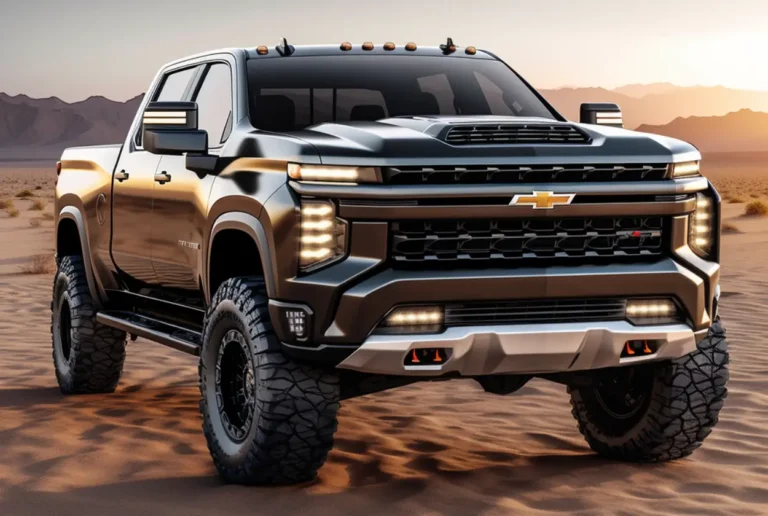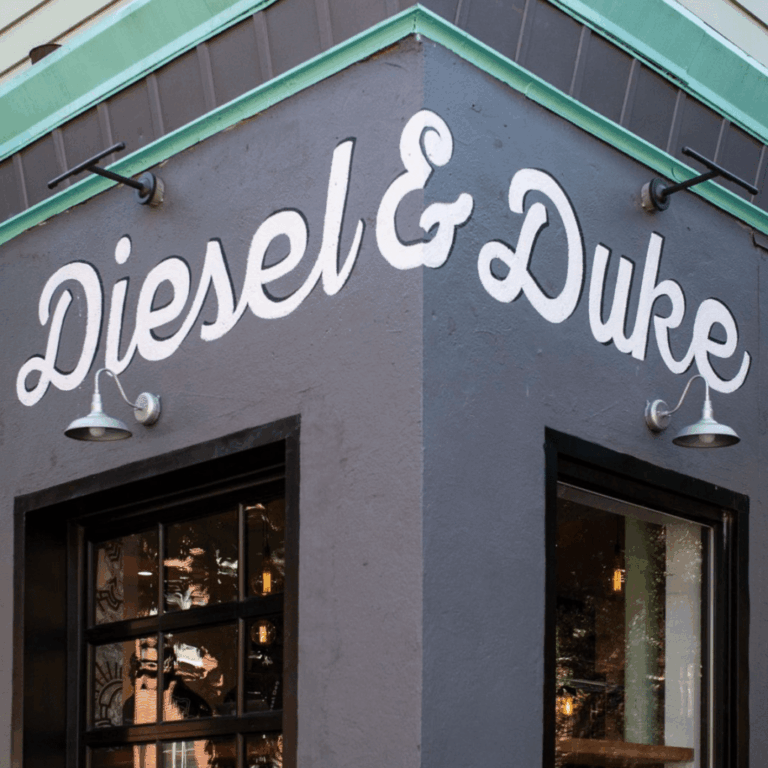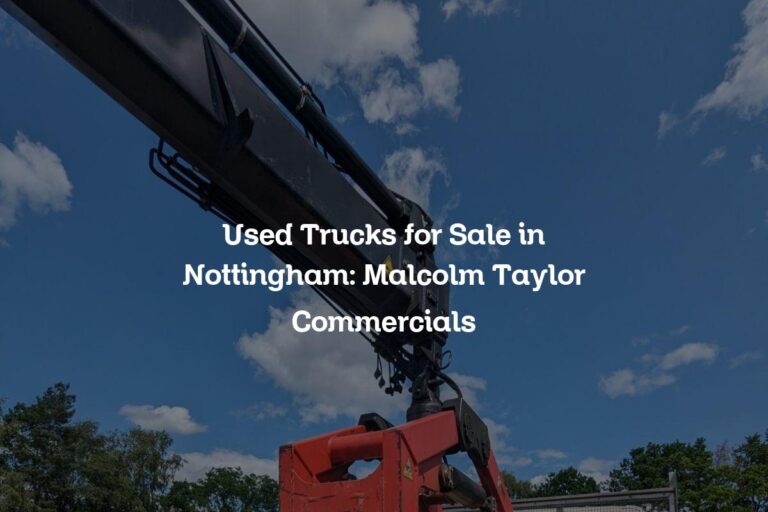Pump Hoist Trucks For Sale: Your Comprehensive Guide to Acquiring Essential Well Service Equipment
Pump Hoist Trucks For Sale: Your Comprehensive Guide to Acquiring Essential Well Service Equipment cars.truckstrend.com
Introduction: Lifting the Industry – What Are Pump Hoist Trucks?
In the demanding world of well drilling, maintenance, and environmental remediation, efficiency, safety, and reliability are paramount. At the heart of these operations often lies a specialized piece of equipment: the pump hoist truck. More than just a vehicle, a pump hoist truck is a purpose-built marvel, integrating a robust truck chassis with a powerful mast and winch system designed specifically for the vertical lifting and lowering of heavy components within boreholes. From installing and retrieving submersible pumps and well casings to performing downhole repairs and conducting geological surveys, these trucks are the backbone of countless vital projects.
Pump Hoist Trucks For Sale: Your Comprehensive Guide to Acquiring Essential Well Service Equipment
For contractors, well drillers, environmental service companies, and municipalities, owning the right pump hoist truck isn’t merely a convenience; it’s a strategic investment that directly impacts operational productivity, safety compliance, and ultimately, profitability. This comprehensive guide delves into everything you need to know about pump hoist trucks for sale, from understanding their core functionality and diverse types to navigating the buying process, assessing crucial considerations, and ensuring you make an informed decision that elevates your business.
Understanding Pump Hoist Trucks: Core Functionality and Design
A pump hoist truck is essentially a mobile well service rig. Its design is meticulously engineered to provide the necessary power and stability for precision lifting in often challenging environments.
Key Components and How They Work:
- The Chassis: The foundation of the truck, typically a heavy-duty commercial truck chassis (e.g., Ford, Freightliner, Peterbilt, Kenworth). The choice of chassis influences overall weight capacity, maneuverability, and durability, with options ranging from single-axle for lighter applications to tandem or tri-axle configurations for heavier lifts and rougher terrain.
- The Mast/Boom: The primary lifting structure, usually hydraulically extendable or telescoping. Masts can vary significantly in height, determining the maximum depth from which items can be lifted or lowered. Some advanced models feature articulating jibs for greater flexibility and reach.
- The Winch/Hoist System: The heart of the lifting mechanism. This consists of powerful hydraulic or electric winches equipped with high-strength wire rope. The winch’s capacity, speed, and drum size are critical factors, directly impacting the truck’s ability to handle specific pump weights and well depths. Multiple winches may be present for different tasks (e.g., main hoist, sandline).
- Hydraulic System: Powers the mast extension, winch operation, and outriggers. A robust and well-maintained hydraulic system is crucial for smooth, reliable, and powerful operation.
- Outriggers: Essential for stability. These extendable hydraulic legs provide a wide, stable base, preventing the truck from tipping during heavy lifts. Their reach and footprint are important for stability on uneven ground.
- Control Panel: Operators control all functions (mast movement, winch speed, outriggers) from a dedicated control panel, often with the option of remote control for enhanced visibility and safety.
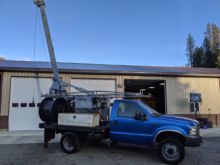
This integrated design allows pump hoist trucks to efficiently and safely retrieve and install pumps, conduct well cleanouts, perform casing repairs, and execute a myriad of other downhole tasks that would be impossible or exceedingly dangerous with conventional lifting equipment.
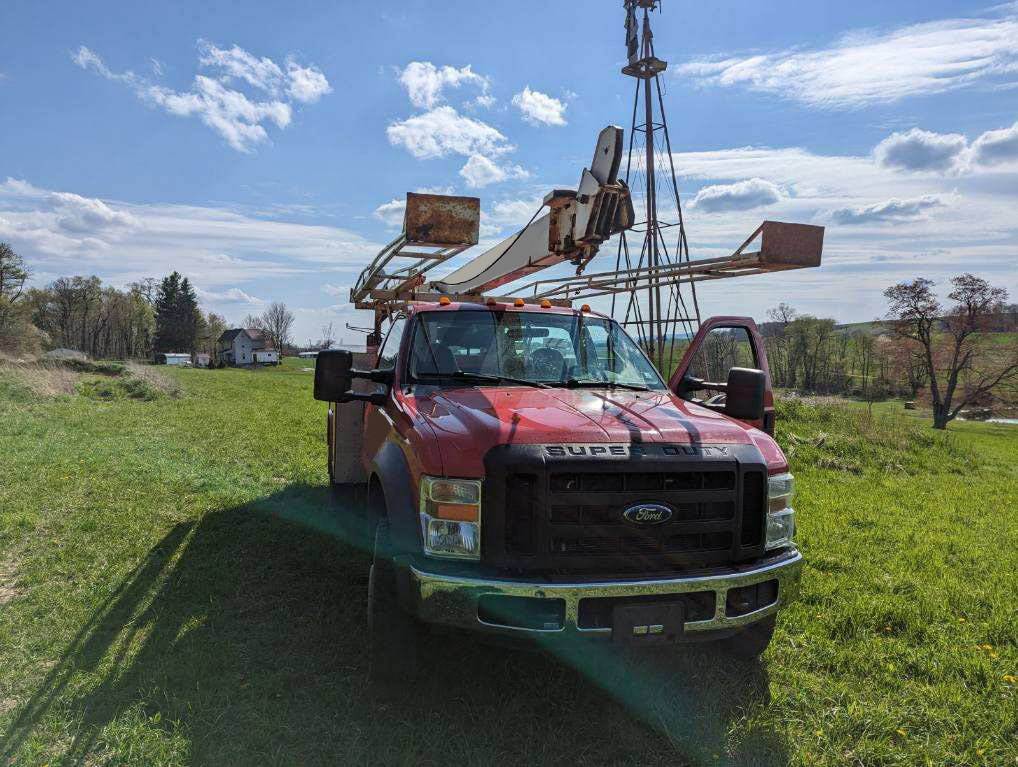
Key Benefits of Investing in a Pump Hoist Truck
Acquiring a pump hoist truck is a significant investment, but the returns in terms of operational advantages are substantial:
- Enhanced Efficiency and Speed: Manual pump pulling is labor-intensive and slow. A pump hoist truck can dramatically reduce job completion times, allowing your crew to handle more projects in a day or week.
- Superior Safety: By automating heavy lifting, pump hoist trucks drastically reduce the risk of worker injuries associated with manual handling, back strains, and dropped equipment. Modern trucks incorporate safety features like overload protection and emergency stops.
- Versatility Across Applications: These trucks are not just for pumps. They are invaluable for setting well screens, removing debris, conducting downhole camera inspections, performing rehabilitation work, and supporting environmental drilling efforts.
- Cost-Effectiveness in the Long Run: While the initial outlay can be high, owning a pump hoist truck eliminates ongoing rental costs, reduces labor hours per job, and minimizes the risk of costly equipment damage from improper handling.
- Professional Image and Reliability: Arriving on a job site with dedicated, professional equipment instills confidence in clients and positions your business as a serious, reliable service provider.
- Access to More Lucrative Contracts: Many larger or more complex projects require specialized equipment like pump hoist trucks, opening up new revenue streams for your business.

Types and Configurations of Pump Hoist Trucks
Pump hoist trucks are not one-size-fits-all. They come in various configurations to meet diverse operational needs and budgets.
-
By Lifting Capacity: This is arguably the most critical differentiator.
- Light-Duty (5-10 tons): Ideal for residential water wells, smaller submersible pumps, and shallower applications. Typically mounted on a single-axle chassis.
- Medium-Duty (10-20 tons): The workhorse for many commercial, agricultural, and municipal wells. Can handle larger pumps and deeper wells. Often on a tandem-axle chassis.
- Heavy-Duty (20-40+ tons): Designed for industrial applications, large irrigation wells, deep municipal wells, or specialized mining and environmental projects. Requires robust, multi-axle chassis.
-
By Mast Height/Reach: Directly relates to the maximum well depth they can service. Masts can range from 20-30 feet for light-duty applications up to 60-70+ feet for heavy-duty rigs. Telescoping masts offer flexibility.
-
By Chassis Type and Drivetrain:
- Standard 2WD: Suitable for accessible, paved, or well-maintained gravel roads.
- 4×4 or All-Wheel Drive (AWD): Essential for remote job sites, rough terrain, or challenging weather conditions, providing superior traction.
- Custom Chassis: Some heavy-duty units are built on specialized chassis for extreme loads or unique operational requirements.
-
Specialized Features and Customizations:
- Hydraulic Jibs/Extensions: Provide additional reach or angle capabilities.
- Remote Control Operation: Enhances operator safety and visibility.
- Integrated Toolboxes and Pipe Racks: For organized storage and transport of tools and well casing.
- Hydraulic Tools: Connections for powering other hydraulic equipment.
- Lighting Packages: For night work.
- Digital Depth Counters and Load Monitors: For precision and safety.
New vs. Used:
- New Trucks: Offer the latest technology, full warranties, and customization options. Higher initial cost but predictable maintenance.
- Used Trucks: More budget-friendly, quicker availability. However, they require thorough inspection, and maintenance history is crucial. Risk of unexpected repairs can be higher. Certified pre-owned options can offer a middle ground.
Important Considerations When Buying a Pump Hoist Truck
The purchase of a pump hoist truck is a long-term investment that requires careful evaluation.
- Match Capacity to Your Needs: Overbuying capacity is wasteful; underbuying limits your potential. Analyze your typical jobs: what’s the average pump weight, well depth, and casing size you encounter? Factor in potential future growth.
- Assess Chassis and Drivetrain: Where will you be operating? If primarily on paved roads, 2WD might suffice. For off-road, muddy, or hilly terrains, 4×4 or AWD is essential. Consider the Gross Vehicle Weight Rating (GVWR) and Gross Combination Weight Rating (GCWR) to ensure it meets legal requirements and can handle your payload.
- Evaluate Mast and Winch System: Check mast height, stability, and the condition of hydraulic cylinders. For the winch, assess line pull capacity, line speed, drum capacity (how much cable it can hold), and the condition of the wire rope.
- Inspect the Hydraulic System: Look for leaks, listen for unusual noises, and check the cleanliness of the hydraulic fluid. A healthy hydraulic system is vital for smooth operation.
- Prioritize Safety Features: Ensure the truck has functional outriggers, emergency stop buttons, load indicators, and safety interlocks. If buying used, verify that all safety systems are operational and up to current standards.
- Thoroughly Vet Used Trucks:
- Engine & Transmission: Check for smoke, unusual noises, fluid leaks. Get a professional mechanic to inspect.
- Frame & Undercarriage: Look for cracks, rust, or signs of previous heavy damage or poor repairs.
- Hoist System & Wire Rope: Inspect the mast for bends or cracks. Check the wire rope for fraying, kinks, or rust. Ask about the last time the wire rope was replaced.
- Maintenance Records: Request a complete history of servicing, repairs, and certifications.
- Operational Test: Always operate the hoist, extend the mast, and deploy outriggers to ensure smooth, responsive function.
- Regulatory Compliance: Be aware of Department of Transportation (DOT) regulations, state-specific licensing for operators (often a CDL with specific endorsements), and any ANSI (American National Standards Institute) or other industry safety standards for mobile lifting equipment.
- Budget and Financing: Determine your budget range. Explore financing options through dealers, banks, or specialized equipment lenders. Don’t forget to factor in sales tax, registration, insurance, and potential transportation costs.
Tips for Buying a Pump Hoist Truck For Sale
Making a smart purchase decision requires diligence and a strategic approach:
- Define Your Needs Precisely: Before looking, list your minimum and ideal requirements for capacity, mast height, features, and budget. This narrows your search.
- Research Reputable Dealers and Manufacturers: Stick with established brands known for durability and aftermarket support (e.g., Load King, Versa-Lift, Badger, Speedstar). For used trucks, choose dealers with good reputations or private sellers who can provide detailed histories.
- Engage a Professional Inspector: Especially for used trucks, hiring an independent mechanic or heavy equipment inspector can uncover hidden issues and save you significant money down the line.
- Test Drive and Operate Extensively: Don’t just kick the tires. Drive the truck, operate every function of the hoist, cycle the mast, and extend the outriggers. Listen for unusual noises, check for smooth operation.
- Negotiate Wisely: Be prepared to negotiate the price. Research comparable sales to understand market value. Don’t be afraid to walk away if the deal isn’t right.
- Consider Aftermarket Support: Inquire about parts availability, service centers, and technical support for the specific make and model you are considering. Downtime is costly.
- Factor in Ongoing Costs: Beyond the purchase price, consider fuel, insurance, regular maintenance, and periodic certifications.
Challenges and Solutions in Pump Hoist Truck Acquisition
Even with careful planning, challenges can arise during the acquisition process.
- Challenge: High Initial Investment.
- Solution: Explore diverse financing options, including equipment loans, leasing programs, or even lease-to-own agreements. Buying a well-maintained used truck can also significantly reduce upfront costs.
- Challenge: Assessing the True Condition of a Used Truck.
- Solution: Always insist on detailed maintenance records. Hire a certified third-party inspector for a comprehensive pre-purchase inspection. Test all functions under load if possible.
- Challenge: Finding the Right Truck with Specific Features.
- Solution: Be patient. Network within the industry. Utilize online equipment marketplaces and specialized heavy equipment brokers who can source specific configurations. Consider new custom builds if your needs are highly specialized and budget allows.
- Challenge: Unexpected Repair Costs After Purchase.
- Solution: For used trucks, allocate a contingency fund for potential immediate repairs. For new trucks, understand the warranty terms thoroughly. Regular preventative maintenance is key to mitigating future breakdowns.
- Challenge: Transportation and Delivery Logistics.
- Solution: Factor in transport costs and logistics early in the process. Many dealers offer delivery, or you may need to arrange specialized heavy haul transport. Ensure proper permits and escorts if required.
Pump Hoist Trucks For Sale: Representative Price Guide
The price of a pump hoist truck varies dramatically based on its lifting capacity, mast height, chassis type, age, condition, manufacturer, and included features. The table below provides estimated ranges to give you a general idea. These are illustrative and actual market prices can differ significantly. Always obtain specific quotes and conduct thorough inspections.
| Category/Type | Lifting Capacity (Tons) | Mast Height (Feet) | Typical Condition | Estimated Price Range (USD) | Key Features/Notes |
|---|---|---|---|---|---|
| Light-Duty | 5 – 10 | 20 – 35 | Used (Older Model) | $30,000 – $70,000 | Basic functionality, older chassis (e.g., 2000s models), higher hours/mileage, may require some immediate maintenance. Suitable for residential or small-scale work. |
| Used (Newer Model) | $70,000 – $120,000 | More modern chassis (e.g., 2010s), good operational condition, potentially with some basic amenities. Still good for routine residential/light commercial. | |||
| New | $150,000 – $250,000+ | Entry-level new trucks, full manufacturer warranty, customizable chassis/mast options. Ideal for new businesses or those needing reliability. | |||
| Medium-Duty | 10 – 20 | 35 – 50 | Used (Older Model) | $80,000 – $150,000 | Robust older units, higher hours but often well-maintained, suitable for a range of commercial and agricultural applications. |
| Used (Newer Model) | $150,000 – $250,000 | Late 2010s to early 2020s models, excellent condition, often equipped with hydraulic outriggers, possibly remote controls. Strong option for growing businesses. | |||
| New | $280,000 – $450,000+ | Standard for many established drilling companies, offers significant lifting power and mast height, often with advanced hydraulic systems and operator comforts. | |||
| Heavy-Duty | 20 – 40+ | 50 – 70+ | Used (Older Model) | $180,000 – $300,000 | Large chassis, high capacity, typically used in industrial, deep well, or mining applications. Condition can vary widely; thorough inspection is critical. |
| Used (Newer Model) | $300,000 – $550,000 | Premium used equipment, often with low hours, top-tier brands, advanced safety features, and excellent maintenance records. Suitable for demanding, large-scale projects. | |||
| New | $500,000 – $800,000+ | Custom-built, highest capacity, longest masts, and most advanced features available. Designed for specialized, high-volume, or extremely challenging projects. Maximum reliability and performance. |
Disclaimer: The prices listed are general estimates and subject to change based on market conditions, specific manufacturer, mileage/hours, exact features, and overall condition. Always request detailed quotes and perform a thorough inspection or get a professional appraisal before making a purchase decision.
Frequently Asked Questions (FAQ) about Pump Hoist Trucks For Sale
Q1: What is the typical lifespan of a pump hoist truck?
A1: With proper maintenance and regular servicing, a pump hoist truck can have a lifespan of 20 years or more. The chassis and the hoist system are built for durability, but consistent preventative maintenance is crucial.
Q2: Do I need a special license to operate a pump hoist truck?
A2: Yes, in most jurisdictions (e.g., the United States), operating a commercial vehicle of this size and weight will require a Commercial Driver’s License (CDL), often with specific endorsements (e.g., air brakes, combination vehicle). Regulations vary by state and country, so it’s essential to check local requirements.
Q3: What kind of maintenance is required for a pump hoist truck?
A3: Regular maintenance includes routine chassis servicing (oil changes, tire rotations, brake inspections), hydraulic system checks (fluid levels, filter changes, leak detection), winch system inspection (wire rope condition, lubrication, brake checks), mast inspection (structural integrity, cylinder seals), and outrigger functionality. Adhering to manufacturer-recommended service intervals is vital.
Q4: Can pump hoist trucks be customized?
A4: Absolutely. New pump hoist trucks offer extensive customization options, from chassis configurations and mast heights to integrated toolboxes, pipe racks, remote control systems, and specialized lighting. Used trucks may also have existing customizations that could benefit your operation.
Q5: What’s the difference between a pump hoist truck and a general crane truck?
A5: While both lift heavy objects, a pump hoist truck is specifically designed for vertical lifting within confined spaces like well bores. They feature a tall, often telescoping mast that can extend directly over the well, a specialized winch system for wire rope, and often a smaller footprint than a general-purpose crane. Cranes are more versatile for horizontal reach and larger, more varied lifting tasks on construction sites.
Q6: How do I determine the right lifting capacity for my needs?
A6: Assess the maximum weight of the heaviest pump, motor, or casing string you anticipate lifting, including the weight of the water column in the pipe. Add a significant safety margin (typically 20-30%) to this figure to ensure you never operate at the truck’s absolute limit. Consider your deepest wells as well, as this affects the required mast height and wire rope capacity.
Conclusion: A Strategic Investment for Growth
The decision to purchase a pump hoist truck is a pivotal one for any business involved in well services. It’s an investment that transcends mere equipment acquisition; it’s an investment in your operational efficiency, the safety of your crew, the expansion of your service capabilities, and ultimately, the long-term growth and profitability of your enterprise.
By thoroughly understanding the different types and configurations, carefully considering your specific operational needs, meticulously evaluating potential purchases (especially used models), and leveraging the practical advice outlined in this guide, you can confidently navigate the market for pump hoist trucks for sale. With the right truck in your fleet, you’ll be well-equipped to tackle the most demanding projects, enhance your professional standing, and secure a stronger future for your business in the essential well service industry.

